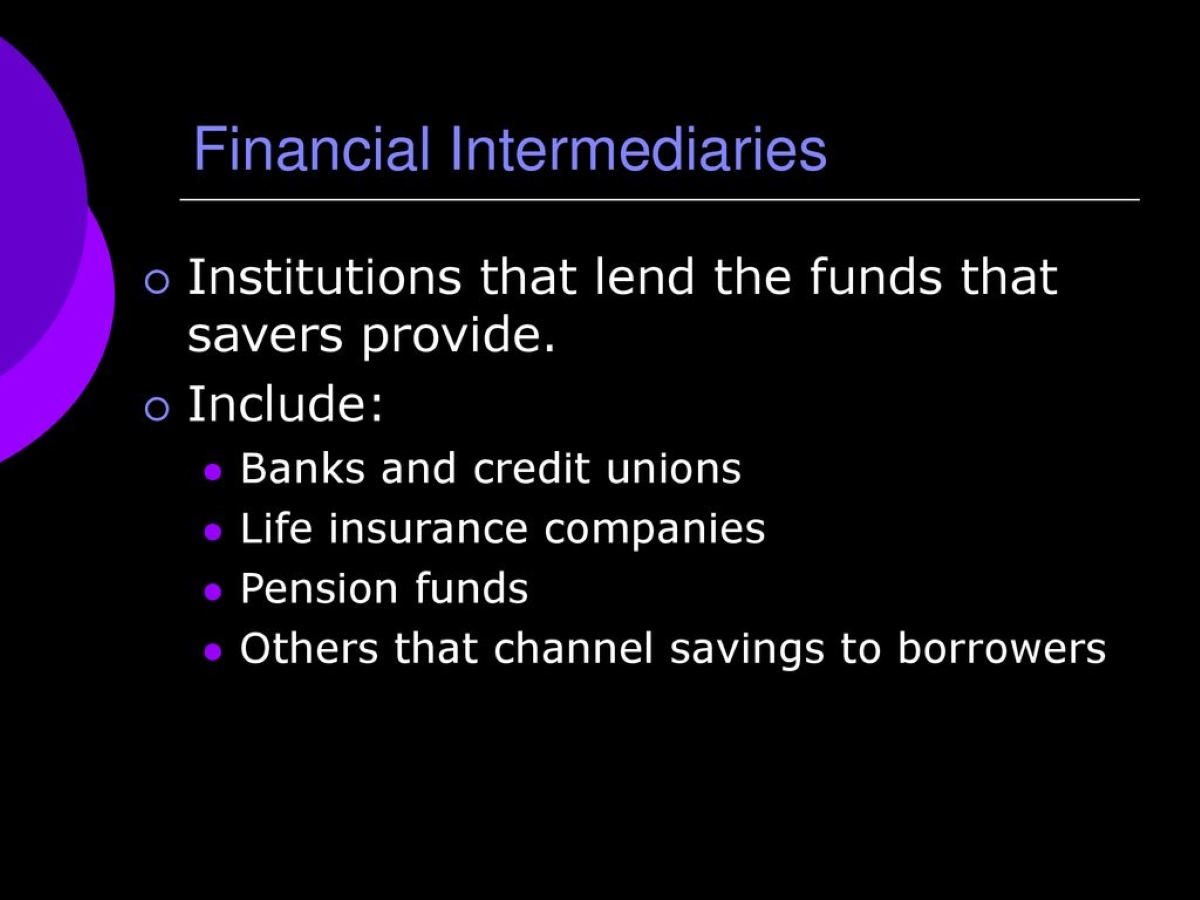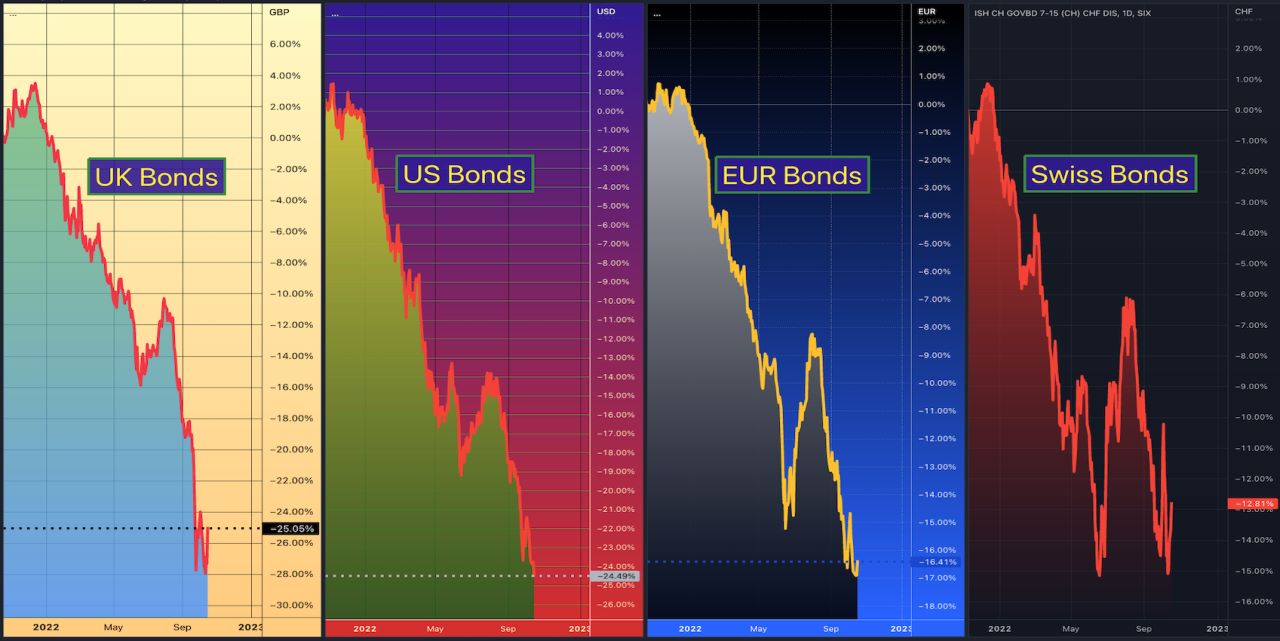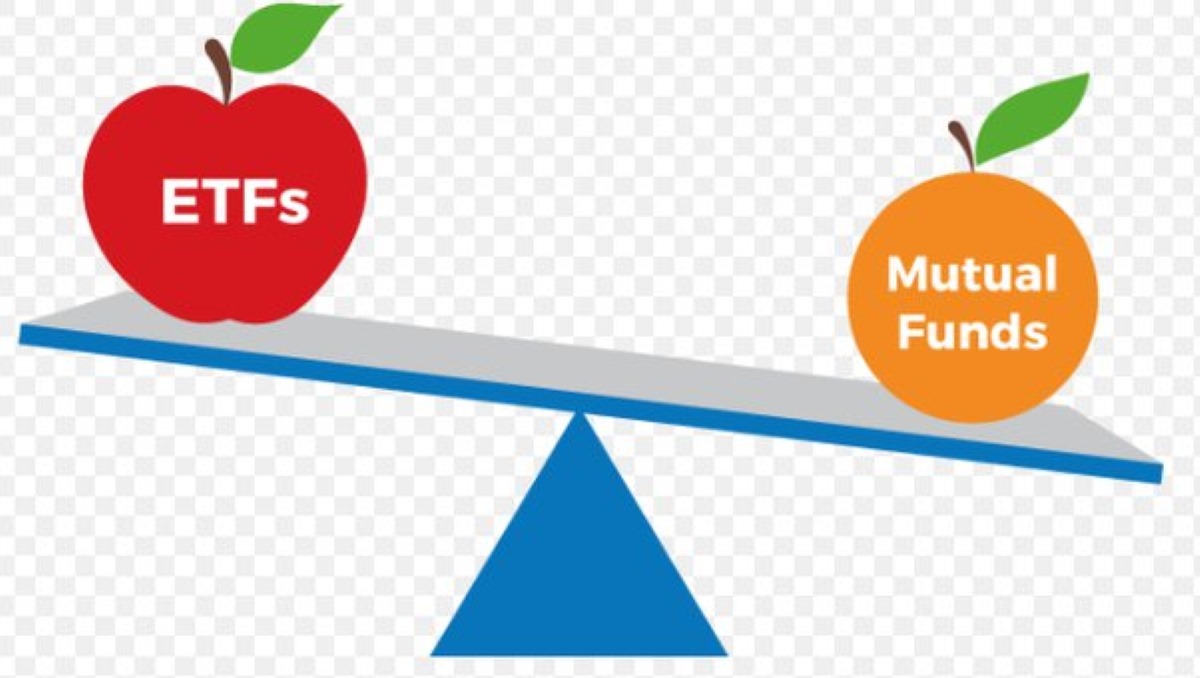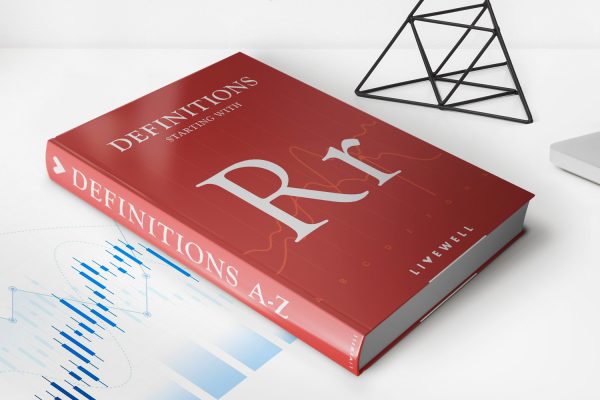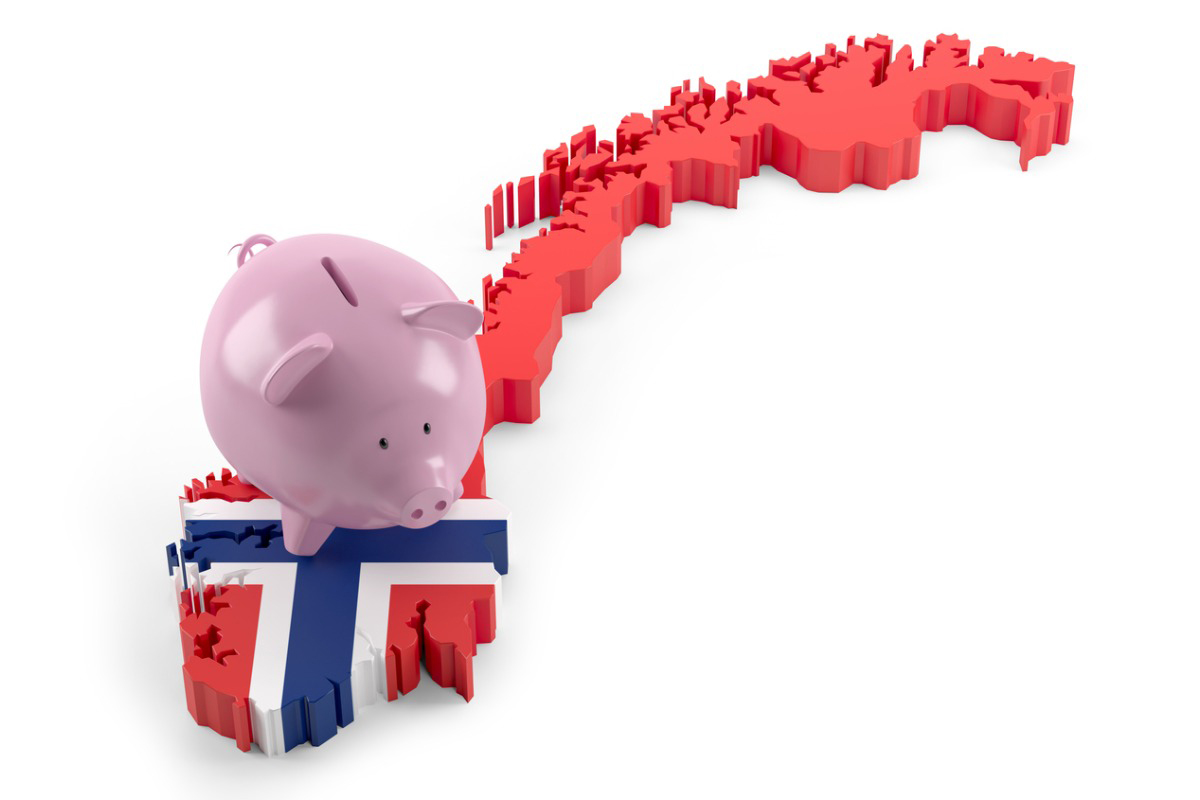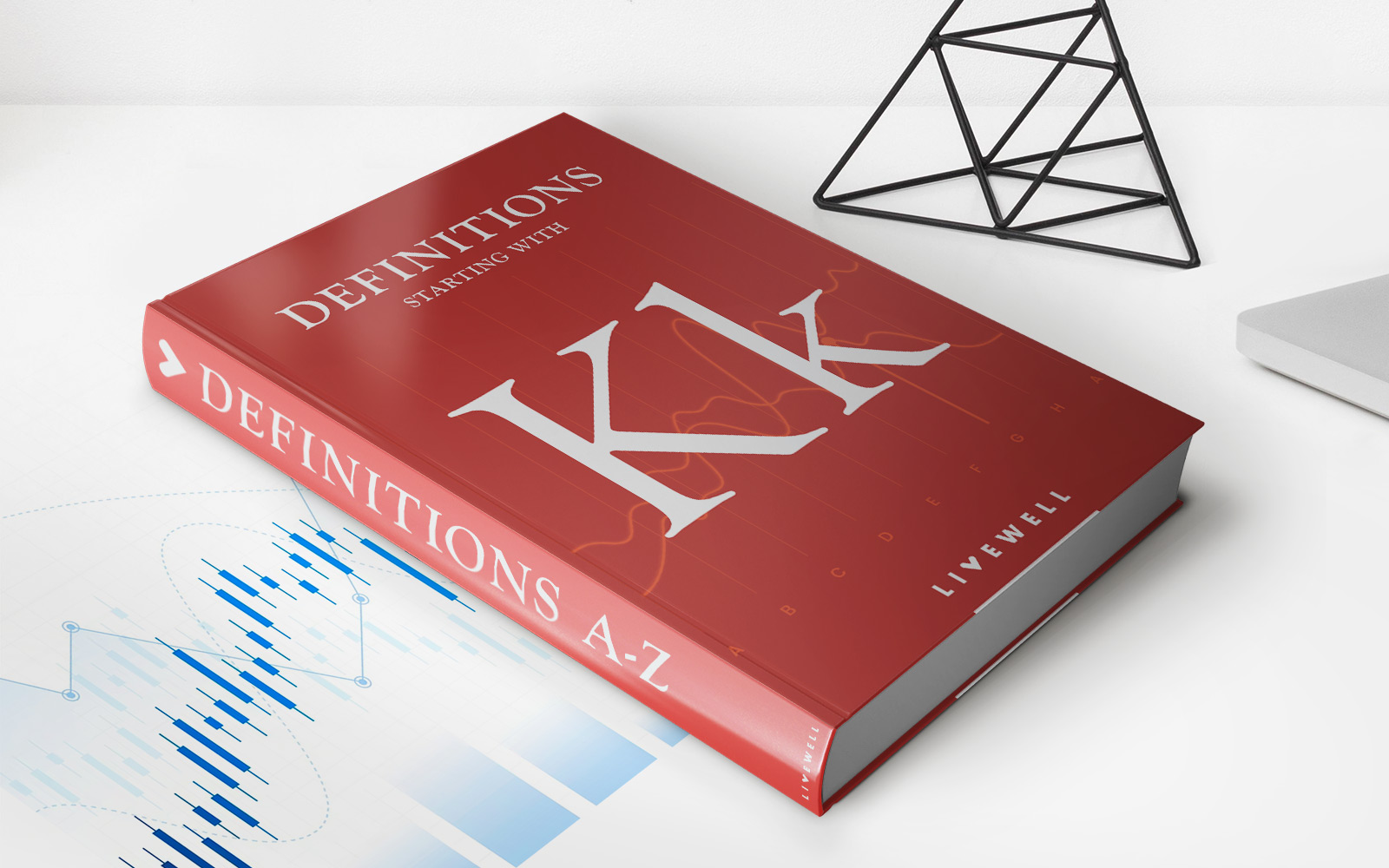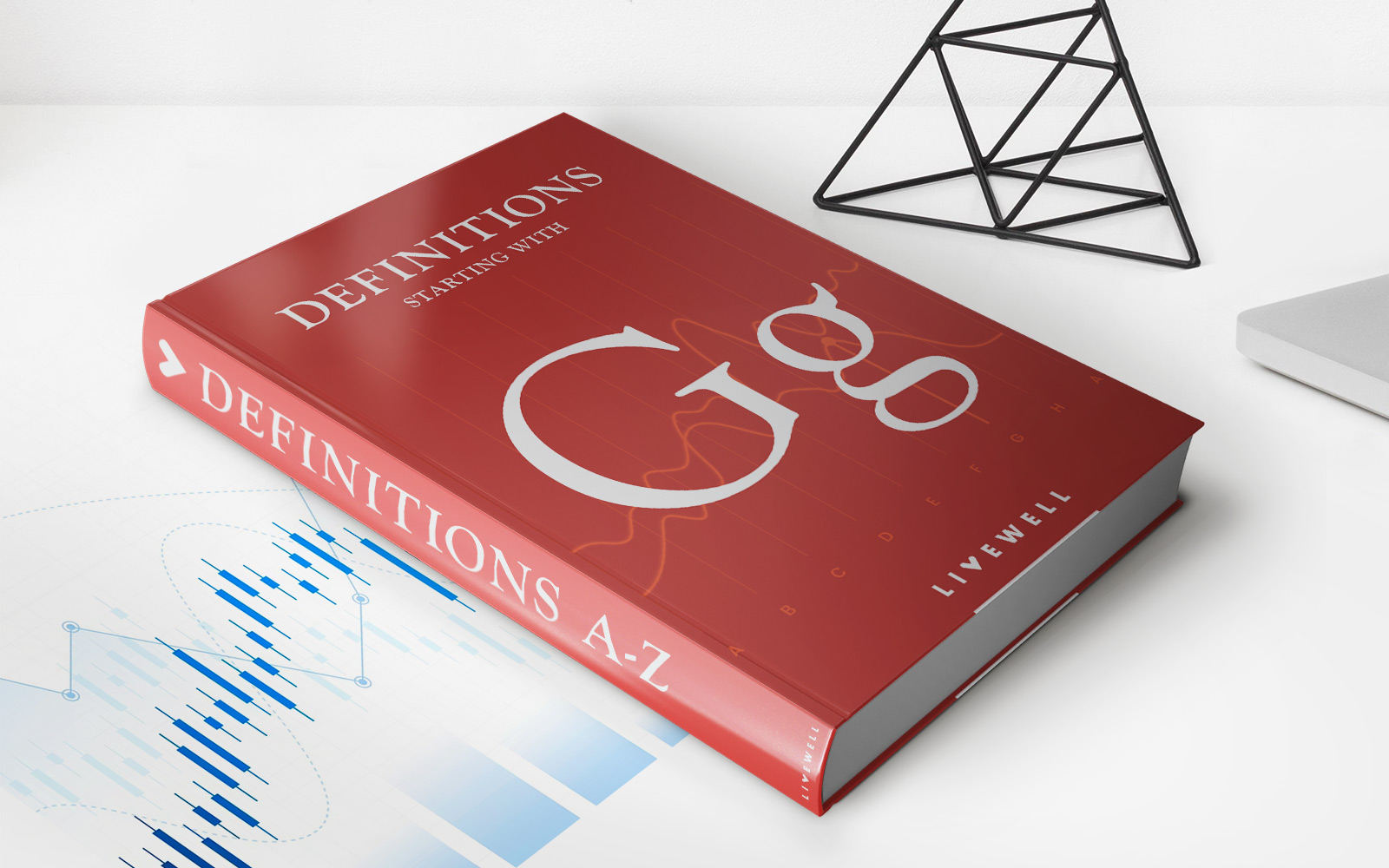

Finance
How To Save Pension Funds
Published: January 22, 2024
Learn how to efficiently manage and save your pension funds with expert finance tips and strategies. Secure your financial future today.
(Many of the links in this article redirect to a specific reviewed product. Your purchase of these products through affiliate links helps to generate commission for LiveWell, at no extra cost. Learn more)
Table of Contents
**
Introduction
**
Welcome to the world of pension funds, where careful planning today can pave the way for a financially secure tomorrow. As individuals, we strive to ensure that our golden years are truly golden, and a crucial aspect of this endeavor involves understanding and effectively saving for pension funds. This article aims to shed light on the significance of pension fund savings, offering insights into the various aspects that contribute to a robust retirement plan.
While retirement may seem distant, it is never too early to start preparing for it. In fact, the earlier one begins to save for retirement, the more time their money has to grow. With the evolving landscape of pension plans and retirement savings, it is essential to stay informed about the available options and strategies that can help secure a comfortable and stable financial future.
Join us on this enlightening journey as we explore the intricacies of pension fund savings, unraveling the importance of this financial endeavor and providing valuable tips and insights for effectively saving for retirement. Whether you are just embarking on your career or are already well into the workforce, the information presented here will empower you to make informed decisions and take proactive steps towards securing your pension funds.
**
Understanding Pension Funds
Before delving into the nuances of saving for pension funds, it is imperative to grasp the fundamental concept of what pension funds entail. Pension funds, also known as superannuation funds in some regions, are investment pools that individuals contribute to during their working years to secure a steady income stream during retirement. These funds are designed to provide financial support once a person retires from active employment, ensuring a degree of financial stability and comfort in their later years.
Pension funds are typically managed by financial institutions or fund managers, who invest the pooled contributions in a diversified portfolio of assets, such as stocks, bonds, and other financial instruments. The aim is to generate returns on these investments, which are then used to provide retirement benefits to the fund participants.
One of the key distinctions in pension funds lies in their categorization as defined benefit plans or defined contribution plans. In a defined benefit plan, the retirement benefits are predetermined based on factors such as salary history and years of service. On the other hand, defined contribution plans specify the contributions made by both the employee and the employer, with the eventual benefits dependent on the performance of the investments.
Understanding the structure and functioning of pension funds is essential for individuals seeking to make informed decisions about their retirement savings. By comprehending the mechanisms behind pension funds, one can better appreciate the significance of prudent financial planning and the impact it can have on future financial security.
Importance of Saving Pension Funds
**
Saving for pension funds holds immense significance in the context of long-term financial planning and retirement preparedness. The importance of diligently setting aside funds for retirement stems from the following key considerations:
- Financial Security: Saving for pension funds is a proactive measure to secure financial stability during retirement. By accumulating a substantial pension fund, individuals can mitigate the risk of financial strain in their later years, ensuring that they can cover essential living expenses and maintain their desired standard of living.
- Inflation Hedge: Pension funds serve as a hedge against inflation, as they enable individuals to build a financial cushion that can withstand the impact of rising living costs. By consistently contributing to their pension funds, individuals can better insulate themselves from the erosive effects of inflation on their purchasing power.
- Lifestyle Maintenance: Effective pension fund savings empower retirees to sustain their preferred lifestyle, pursue leisure activities, and engage in fulfilling experiences without being unduly constrained by financial constraints. This aspect underscores the importance of pension funds in fostering a comfortable and fulfilling retirement.
- Reduced Reliance on Social Welfare: By proactively saving for pension funds, individuals can reduce their reliance on social welfare programs and government assistance during retirement. This not only fosters self-sufficiency but also eases the burden on public welfare systems, contributing to a more sustainable societal framework.
The significance of saving for pension funds extends beyond individual financial well-being, as it also plays a role in bolstering overall economic resilience and societal welfare. By recognizing the importance of pension fund savings, individuals can take proactive steps to fortify their financial futures and embrace retirement with confidence and peace of mind.
**
Tips for Saving Pension Funds
Effectively saving for pension funds demands a strategic approach and a commitment to long-term financial discipline. Here are some valuable tips to optimize pension fund savings:
- Start Early: Commence saving for pension funds as early as possible to leverage the power of compounding and allow your investments to grow over an extended period. Even small contributions made in the early stages of your career can yield substantial results in the long run.
- Maximize Employer Contributions: Take full advantage of any employer-sponsored pension plans or matching contributions. By contributing the maximum amount allowed and capitalizing on employer matches, you can significantly boost your pension fund accumulation without shouldering the entire burden of contributions.
- Diversify Investments: Opt for a diversified investment strategy within your pension fund portfolio to mitigate risk and enhance potential returns. Balancing your investments across various asset classes can help optimize growth while minimizing exposure to market volatility.
- Regularly Review and Adjust Contributions: Periodically review your pension fund contributions and consider increasing them in line with salary increments or windfalls. Consistently reassessing and adjusting your contributions ensures that your retirement savings remain aligned with your evolving financial circumstances and goals.
- Stay Informed: Stay abreast of changes in pension fund regulations, investment options, and retirement planning strategies. Remaining informed empowers you to make well-informed decisions and adapt your pension fund savings approach to align with prevailing market conditions and regulatory developments.
- Seek Professional Guidance: Consider consulting with financial advisors or retirement planning specialists to gain insights into optimizing your pension fund savings. Professional guidance can help tailor your pension fund strategy to suit your unique financial situation and long-term objectives.
By incorporating these tips into your pension fund savings strategy, you can enhance the effectiveness of your retirement planning efforts and fortify your financial foundation for the post-employment phase of your life.
**
Investment Options for Pension Funds
When it comes to pension fund savings, exploring diverse investment options is instrumental in optimizing the growth and stability of your retirement portfolio. Here are some prevalent investment avenues for pension funds:
- Equities: Investing in stocks can offer long-term growth potential for pension funds, albeit with a higher level of market risk. Equities can provide substantial returns over time, making them a viable component of a diversified pension fund portfolio.
- Bonds: Bonds are renowned for their income-generating potential and relative stability, making them an attractive option for pension fund investments. Government and corporate bonds can provide regular interest payments and serve as a counterbalance to the volatility of equities.
- Real Estate: Pension funds can be channeled into real estate investments, encompassing properties, real estate investment trusts (REITs), and real estate partnerships. Real estate offers the potential for rental income and property appreciation, diversifying the pension fund’s asset base.
- Mutual Funds: Mutual funds present a convenient avenue for diversifying pension fund investments across various asset classes, as they pool contributions from multiple investors to invest in a diversified portfolio of securities. This collective approach can offer enhanced risk management and potential returns.
- Annuities: Annuities provide a steady income stream during retirement, making them a compelling option for pension fund investments. Fixed, variable, and indexed annuities offer distinct features, allowing individuals to tailor their pension fund strategy based on their income needs and risk tolerance.
- Exchange-Traded Funds (ETFs): ETFs offer a cost-effective and flexible means of diversifying pension fund investments across a broad spectrum of asset classes, sectors, and geographic regions. These funds are traded on stock exchanges and can provide exposure to diverse investment themes.
Exploring these investment options and crafting a well-balanced pension fund portfolio can help individuals optimize their retirement savings, aligning their investment strategy with their risk tolerance, financial goals, and time horizon.
**
Risks and Considerations
While pension fund savings offer a pathway to long-term financial security, it is essential to acknowledge and address the associated risks and considerations. Here are key aspects to bear in mind when navigating the terrain of pension fund savings:
- Market Volatility: Pension fund investments are subject to market fluctuations, and as such, the value of the fund can experience periods of volatility. It is crucial to adopt a long-term perspective and remain resilient during market downturns, allowing the portfolio to rebound over time.
- Inflation Risk: The erosion of purchasing power due to inflation poses a significant risk to pension fund savings. To mitigate this risk, it is imperative to allocate a portion of the portfolio to inflation-hedging assets, such as equities and real estate, which have the potential to outpace inflation.
- Longevity Risk: Longevity risk pertains to the possibility of outliving one’s retirement savings. To address this concern, individuals should consider strategies such as annuities and systematic withdrawal plans that provide a reliable income stream throughout retirement, irrespective of the duration.
- Regulatory Changes: Changes in pension fund regulations and taxation policies can impact the growth and management of retirement savings. Staying informed about legislative developments and consulting with financial advisors can help individuals adapt their pension fund strategies in response to regulatory shifts.
- Liquidity Considerations: Pension fund investments may have restrictions on liquidity, especially in defined benefit plans. It is essential to assess the liquidity needs during retirement and structure the portfolio to ensure a suitable balance between accessible funds and long-term growth assets.
By being cognizant of these risks and considerations, individuals can proactively address potential challenges and tailor their pension fund strategies to align with their risk tolerance, financial objectives, and retirement aspirations.
**
Conclusion
Embarking on the journey of pension fund savings is an endeavor of profound significance, shaping the financial landscape of one’s post-employment years. As we navigate the complexities of modern retirement planning, the importance of understanding pension funds and implementing effective savings strategies cannot be overstated.
By comprehending the dynamics of pension funds, individuals are empowered to make informed decisions, charting a course towards a secure and fulfilling retirement. The early initiation of pension fund savings, coupled with prudent investment choices and ongoing financial discipline, lays the groundwork for a robust retirement portfolio that can withstand the tests of time and market fluctuations.
It is imperative to view pension fund savings as a dynamic and evolving process, necessitating periodic review, adjustments, and a keen awareness of prevailing market conditions and regulatory developments. By embracing a proactive approach and leveraging diverse investment options, individuals can optimize their pension fund portfolios, aligning them with their long-term financial objectives and retirement aspirations.
As we bid adieu to the workforce and transition into the realm of retirement, the fruits of diligent pension fund savings manifest in the form of financial security, lifestyle maintenance, and the freedom to embrace new horizons. The journey of pension fund savings is a testament to our commitment to nurturing a fulfilling and prosperous retirement, underpinned by the wisdom of prudent financial planning and the resilience of well-crafted investment strategies.
May the insights shared in this article serve as a guiding light on your path to pension fund savings, illuminating the way towards a future imbued with financial stability, peace of mind, and the freedom to savor the rewards of a lifetime of hard work and dedication.
**
